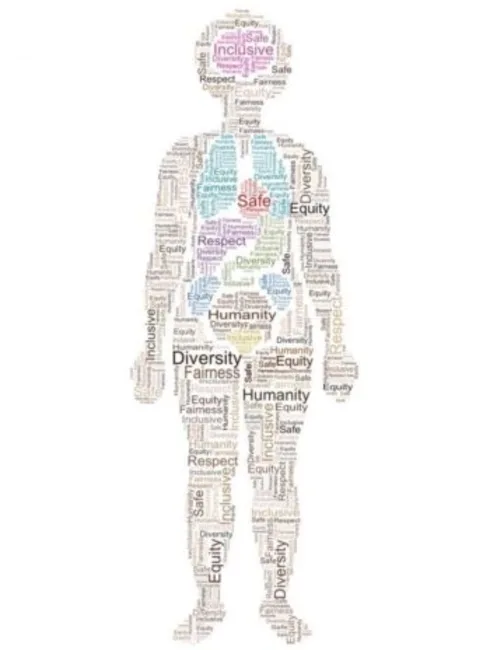
Inclusive Approach to Anthropometric Body Measurement Assessments
No ratings
Shelly Philip LaForest, Centennial College
Michelle Hughes, Centennial College
Lisa Seto Nielsen, York University
Copyright Year:
Publisher: Toronto Metropolitan University
Language: English
Formats Available
Conditions of Use
![]() Attribution-NonCommercial
Attribution-NonCommercial
CC BY-NC
Table of Contents
- Introduction
- Contact information and Acknowledgements
- Learning Outcomes
- Introduction to Anthropometric Body Measurement Assessments
- Problematizing Anthropometric Body Measurement Assessments
- Inclusive Approaches to Anthropometric Body Measurement Assessments
- Weight and Height
- Body Mass Index
- Other Anthropometric Body Measurement Assessments
- Children and Body Measurements
- Key Takeaways
- Glossary
About the Book
“Inclusive Approach to Anthropometric Body Measurement Assessments” is an open educational resource (OER) created for undergraduate nursing students at the introductory level. The resource introduces students to body measurements, but does so in an inclusive manner. This resource is a unique contribution to nursing education as content is theoretically informed by an inclusive approach to assessment that incorporates culturallyresponsive techniques related to race/ethnicity, gender/sex/ sexual orientation, body sizes/types, and ability/disability. It is part of the first health assessment resource that is informed by clinical judgment with the goal to facilitate students’ clinical decision making and ability to prioritize care by recognizing and acting on cues and signs of clinical deterioration. Interactive clinical judgment activities and formative assessments to evaluate a student’s learning are integrated throughout the resource. The integration of clinical judgment throughout this resource will support students’ capacity to enhance patient safety and equitable health outcomes as well as their success in writing national nursing exams to become licensed to work as a Nurse.
About the Contributors
Authors
Shelly Philip LaForest, Centennial College
Michelle Hughes, Centennial College
Lisa Seto Nielsen, York University
